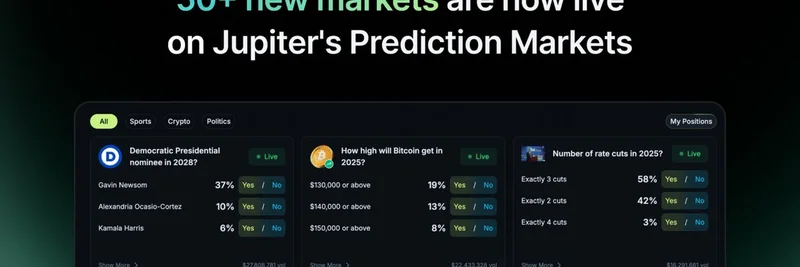Andre Cronje, the renowned DeFi architect behind projects like Fantom, is back with another groundbreaking venture. In a recent announcement shared on X, he's raising capital for Flying Tulip, a high-performance decentralized exchange (DEX) built entirely on-chain. This isn't your average DEX—it's powered by synthetic delta-neutral liquidity pools backed by staking yields, and it comes with some clever twists to protect investors. The project is set to launch on Sonic Labs ($S), a platform that's gaining traction for its speed and efficiency in the blockchain space.
If you're deep into crypto, especially meme tokens, this could be a game-changer. Flying Tulip aims to make liquidity provision safer and more sustainable, which might just supercharge meme token launches and trading. Let's dive into what this all means, breaking it down step by step based on the insightful thread from @NimeshOnchain.
What is Flying Tulip?
At its core, Flying Tulip is a DEX where every trade happens directly on the blockchain—no off-chain shenanigans. What sets it apart is its liquidity model: a synthetic delta-neutral pool that's backed by staking yields. Think of delta-neutral as a way to stay "market-neutral." It means the pool earns rewards without betting on whether prices go up or down. For example, you stake ETH to earn yields but hedge against price drops by shorting ETH futures. The result? Your principal stays safe from wild market swings, and you pocket the yields.
This setup is perfect for meme token enthusiasts because it provides stable liquidity without the usual risks of impermanent loss that plague traditional DEXs like Uniswap. Plus, since it's built on Sonic Labs, it leverages the chain's high throughput, making it ideal for fast-paced meme trading.
How the Funding Works
Cronje is clear on how the raised funds will be used. Investors can contribute in major assets like BTC, ETH, SOL, USDC, USDE, USDS, or ftUSD. These funds go into a combination of yield strategies, but here's the key: only the yields (profits) are tapped for operations. That includes bootstrapping the platform, marketing, expanding, incentivizing launch pads, adding token liquidity, and even buybacks of the $FT token.
Your principal—the original amount you invest—remains untouched and protected. This is a stark contrast to typical crypto projects where your investment might get burned on day-to-day expenses. For meme token creators, this means more reliable liquidity pools for new launches, potentially reducing rugs and improving fair launches.
The Perpetual Put Option: Your Safety Net
Every $FT token issued comes with a built-in perpetual put option. In simple terms, this is like an insurance policy that lets you sell your tokens back to the platform at any time, at the same exchange rate and denomination you invested in. Put in 1 BTC? You can always get 1 BTC back, no matter what happens to the token's market price.
This feature minimizes downside risk, making it appealing for cautious investors in the volatile meme space. It's essentially turning your investment into a "risk-free call option" on the exchange's success—capped losses, unlimited upside.
Why This Could Moon $FT and Boost Sonic Labs
With a fixed token supply and constant buyback pressure from the yields, $FT has built-in mechanisms to appreciate over time. As the exchange grows, more trading volume means more yields, fueling further buybacks and expansion. Less panic selling thanks to the principal protection could lead to steadier prices.
For the broader ecosystem, especially on Sonic Labs, this could attract big liquidity providers who were scared off by traditional DeFi risks. Meme tokens, which often struggle with liquidity and volatility, stand to benefit hugely. Imagine seamless launches with hedged pools—fewer dumps, more sustainable hype.
Potential Risks and the Bigger Picture
Of course, no project is without risks. Smart contract vulnerabilities or custody issues could still pop up, but the absence of direct market price risk to your principal is a massive win. Cronje's track record adds credibility—he's not new to building robust DeFi protocols.
This model blends TradFi safety nets with DeFi's open innovation, potentially setting a new standard for how projects raise and manage funds. If Flying Tulip takes off, it could catalyze growth on Sonic Labs, drawing in more developers and traders to the $S ecosystem.
Interested in investing? Reach out via [email protected]. For meme insiders, keep an eye on how this evolves—it might just make your next token launch a breeze.
What do you think? Could this be the next big thing in DeFi, or is it too good to be true? Drop your thoughts in the comments below!




